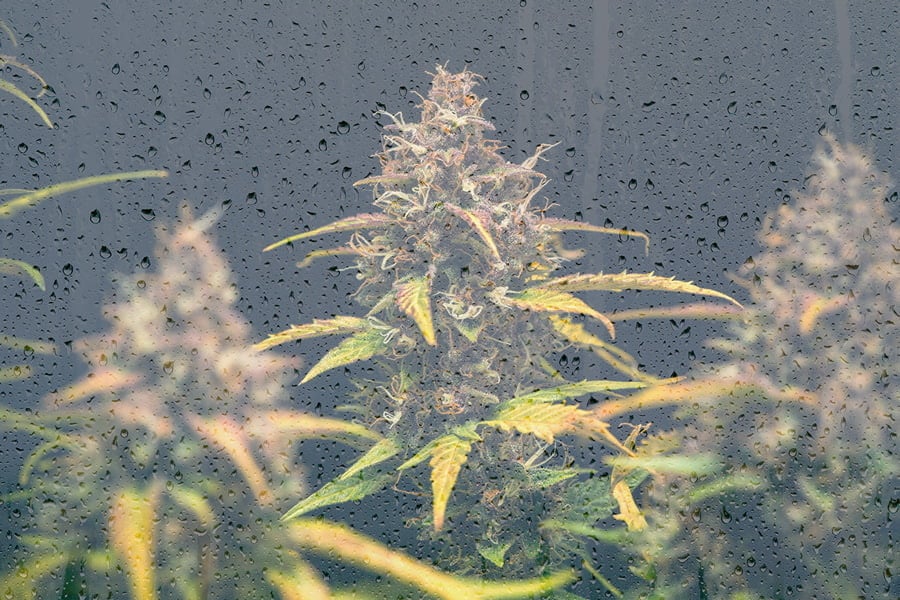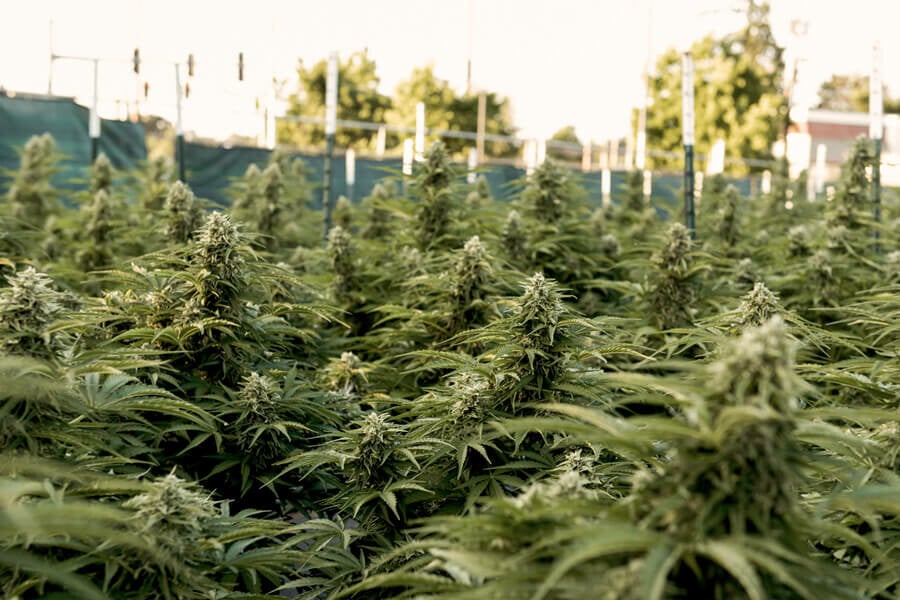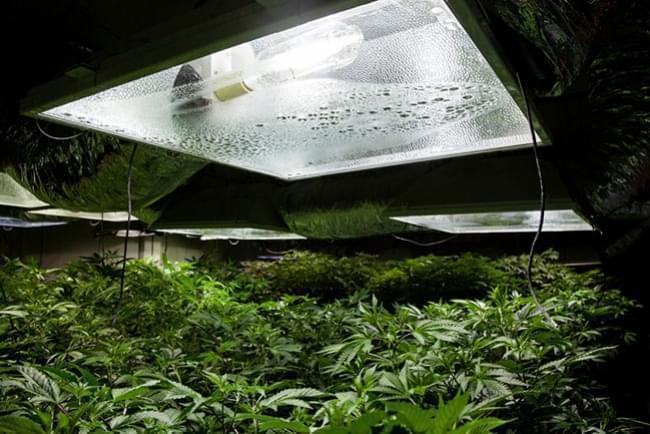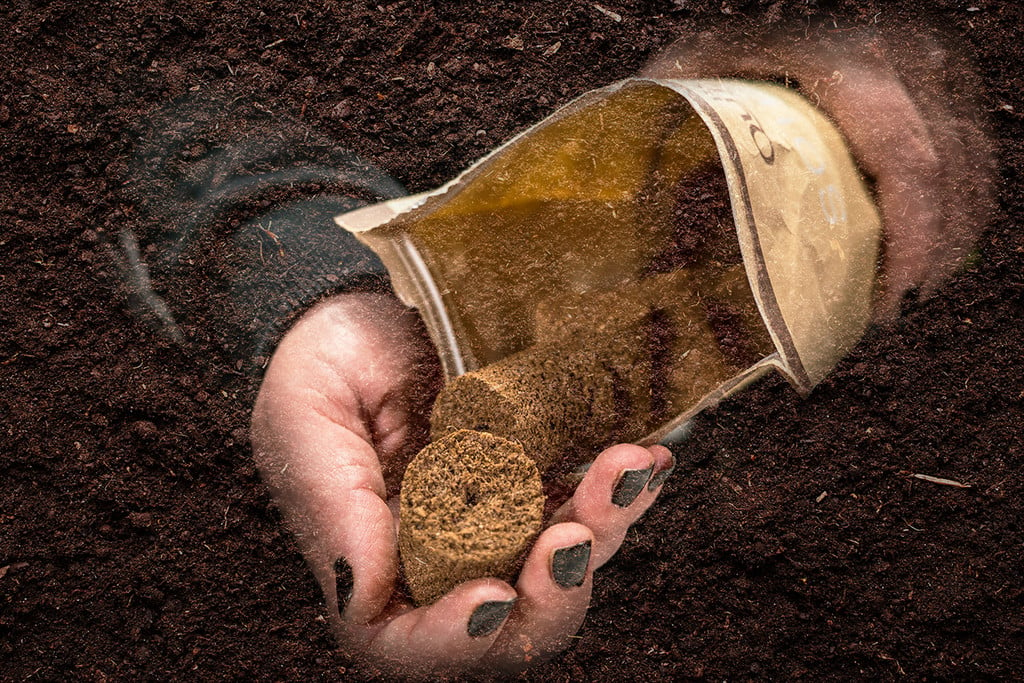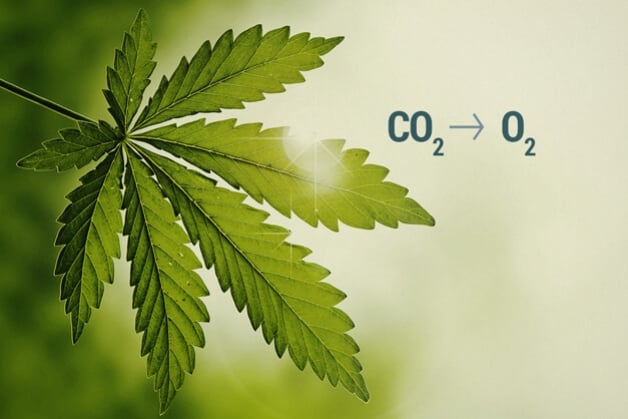.
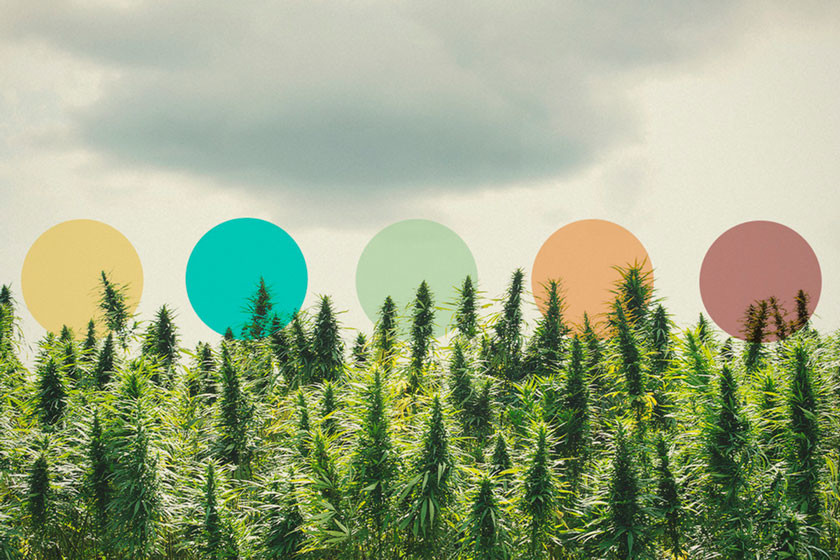
Can You Use The Concept Of Terroir To Grow Better Cannabis?
Long used in the world of wine, terroir is now becoming a hot topic when it comes to cultivating cannabis. Can the concept of terroir be used to grow better weed?
Contents:
What makes a cup of Colombian coffee different than Coffee from Brazil or Costa Rica? Why do some regions produce especially flavourful apples, particularly great types of tea, or cheese with a unique flavour? The influence of environmental factors on the unique character of natural products is known as terroir. A major tenet of Champagne-making, the concept of terroir has more recently been applied to cannabis cultivation.
WHAT IS TERROIR?
The French phrase “goût de terroir”, which translates to "taste of the land", points to a quite compelling concept: the conditions where something is cultivated—which encompasses everything from soil to climate—impart distinct characteristics and qualities that greatly impact the final product.
The idea of terroir is believed to date back to the 14th century, when Cistercian monks in the Burgundy region of France were looking into factors that influenced the quality of wine, such as the types of grapes being used, or on what type of land they were cultivated. Terroir remained relatively obscure, though—at least until the 20th century, when international regulations on wine origins began to be implemented.
Although terroir may be most prevalent in the world of wine, the concept can also be applied to many other natural products, including coffee, tobacco, cheese, fruit, vegetables, and beverages like spring water or whiskeys from certain regions.
FACTORS THAT INFLUENCE TERROIR
Saying that terroir merely indicates the geographical origin of a product would be a grand oversimplification. Rather, terroir encompasses all environmental factors that can affect crops, from local growing conditions like soil composition, to climate, terrain, and particular farming methods.
CLIMATE
The local climate and precipitation in a particular region has a large impact on how crops will develop. For example, citrus fruits may require lots of sunshine to develop optimally, while other types of plants may prefer a more temperate climate with frequent rainfall for optimal harvests.
SOIL
Regional soil composition is another important factor that will greatly influence crops. Some areas may have particularly mineral-rich soils that support the growth of certain plants more than other regions could. Different soils also have a unique microbial makeup containing certain bacteria, fungi, and other beneficial microorganisms that can be vital for plant growth.
ELEVATION
Elevation plays a large role in the growth of plants. Not only does altitude affect the amount of sunlight plants receive, it also influences the amount of water plants can absorb, as well as the nutrients available in the soil. Some plants grow very well at high elevations, while others can only grow at lower altitudes.
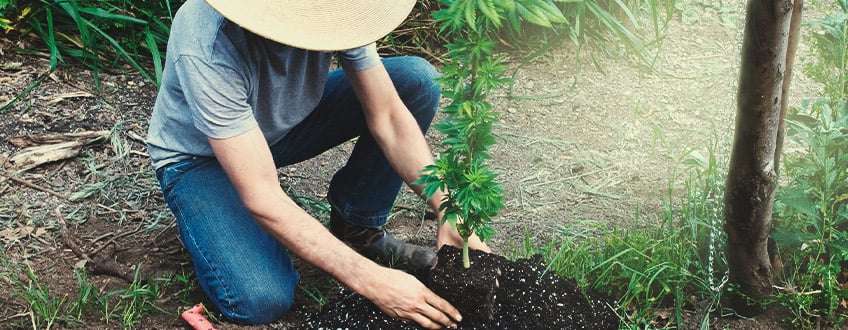
GEOMORPHOLOGY
Geomorphology, the study of the natural topographic features on Earth, can also greatly influence the final characteristics of a crop. This includes everything from how well the soil and bedrock drains water, to what degree plants are exposed to the elements, and the slope of the growing area.
LOCAL TRADITIONS AND PRACTICES
Local tradition and culture impart their own influence on terroir. An example is farmers who harvest only by hand, or those who use unique methods of fertilisation. Another example is seen in artisanal cheese-making, where farmers in certain regions let dairy cows graze on grass to infuse a special quality and taste to the final product.
IS CANNABIS INFLUENCED BY TERROIR?
The concept of terroir isn’t some pseudoscience with little basis in reality; in fact, how terroir affects growth is well-established. For instance, a 2015 study found terroir to sustain a significant impact on the terpene concentration of Muscat of Bornova, a white grape variety grown in Turkey.
Given how soil, climate, and harvesting practices all affect the terroir of grapes and other natural products, it certainly stands to reason that the same can be said for cannabis! After all, many growers attest to the unique phenotypic expressions of plants grown in their specific region, under their hand. This means changes to aroma and flavour, and potentially cannabinoid concentration as well. Most cannabis enthusiasts and cultivators will know that different locations throughout the world, such as Afghanistan, Thailand, California, and Morocco, are each renowned for producing cannabis with distinct qualities that couldn’t be maximised to the same degree in any other terroir.
EXCEPTIONS
On the other hand, when it comes to terroir, one needs to take into account the differences between cannabis and, say, grapes grown for wine. Cannabis is an annual plant, whereas grapes are perennial. Therefore, some claim that “true” terroir seen in wine cultivation cannot be applied to plants that remain in the soil for only one season.
The other issue is, when comparing the terpene profiles of grapes with those of cannabis, the latter are significantly more complex. This doesn’t necessarily mean the factors that affect terpene content don’t influence terroir; however, it makes it harder to quantify.
All that said, considering terroir as it relates to your cannabis grow doesn’t have any downsides. After all, the more attention you pay to the specifics of your unique environment, as well as your personal practices as a grower, the more you will be able to maximise the success of your plants.
HOW TO MAXIMISE TERROIR TO GROW BETTER CANNABIS
Harnessing terroir in the grow-op essentially means doing your best to replicate the conditions where the strain developed. Obviously, this isn’t fully possible; but it’s a good guideline to support your plant from all angles. While you can’t replicate the exact same climate, you can strive to create a similar soil texture and encourage other factors related to a strain's native environment.
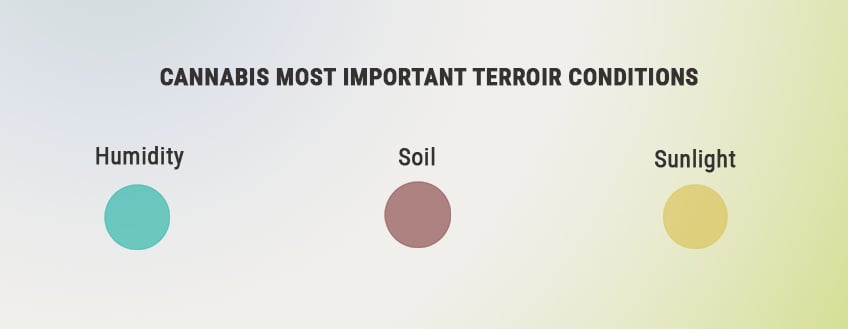
Ultimately, your terroir will be unique, which means you can place your own personal “stamp” on a cannabis strain:
For example, an artisanal cannabis grower from Humboldt, CA found good results using specific nutrients to complement the natural soil profile of the region. In combination with alpaca manure sourced from a local farm, and by amending the soil with compost tea, he was able to create the perfect biochemical conditions for his plants.
Another grower, this time from Ontario, Canada, added Rhizophagus irregularis to the soil in the seedling stage, as this is believed to greatly benefit absorption of nutrients by developing plants. He amended the soil with local composted manure, compost tea, and plant compost used as top dressing alongside vermicompost produced on-site from local organic matter. He used water from a local well that he occasionally mixed with the compost tea. Grown this way, his plants reached gigantic sizes with average yields of 4kg/plant. What this shows is that it is possible to grow cannabis plants to their full potential by way of the local environment and organic amendments—with no commercial fertilisers or nutrients.
THE EVOLUTION OF CANNABIS CULTIVATION
The landscape of cannabis cultivation is changing. Back in the day, it was mostly about the divide between “great weed” and “bad weed”. Beyond that, average stoners didn’t really know or care about the intrinsic details like cannabinoid or terpene profiles. This is very different today, where cannabis consumption is now (almost!) as socially accepted as drinking wine, with more and more connoisseurs wanting to smoke only the best of the best.
There are now efforts by growers in California to do for their famous weed what the Champagne appellation has done for the French sparkly wine: It is illegal to label any product as Champagne unless it both comes from the Champagne region, and is produced under the rules of the appellation.
The Mendocino Appellations Project (MAP) would protect the intellectual property of the farmers in Mendocino County, Humboldt, and other parts of the Emerald Triangle. The perfect example of cannabis terroir, these growers have unique cultivation methods and strains that are not to be found elsewhere.
But unlike Champagne appellation, which functions as a quality classification system that protects unique characteristics and factors related to production and reputation, cannabis appellation efforts are still in the early stages. Science is currently exploring if and how terroir affects the development of cannabis and its terpenes and cannabinoids. If results show significant influence, it likely won’t be long before we see premium-grade cannabis viewed in the same way as Champagne.
Moreover, cannabis appellations could potentially benefit smaller, independent growers facing competition from Big Cannabis with its low-quality product produced in gigantic indoor grow-ops. No question, there are those who would happily pay a premium for a certified stash from Mendocino.


























